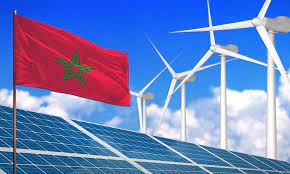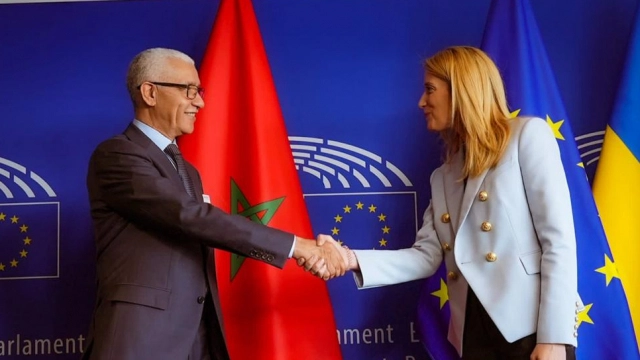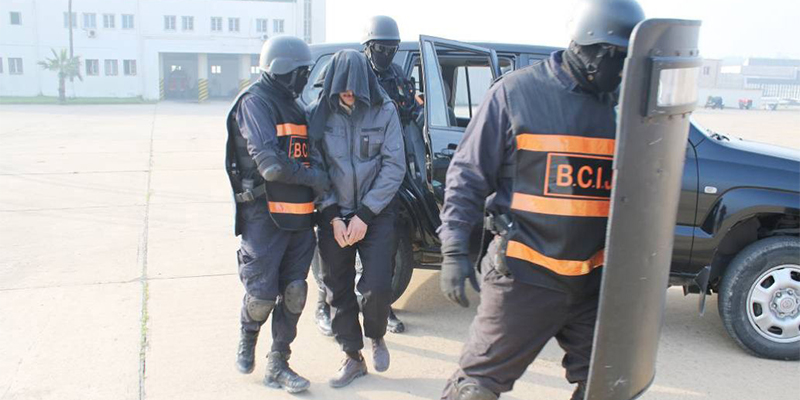Morocco is one of the top five nations in the Middle East and North Africa that produce the most electricity from solar energy, according to a survey by the Emirati Energy platform, and according to the Global Investment for 2023 report published lately by the United Nations, the kingdom ranks among the top ten developing countries attracting foreign investment in renewable energy between 2015 and 2022.
According to the survey, Morocco generates 740 megawatts of solar-powered electricity, ranking fifth overall behind the United Arab Emirates, which took first place with 2899 megawatts, Egypt, which came in second with 2048 megawatts, Jordan, which came in third with 1048 megawatts, and Qatar, which came in fourth with 815 megawatts.
Morocco generated 38% of its electricity from renewable sources in 2022, or 4.03 gigawatts, up from 3.95 gigawatts in 2021.
Morocco is expected to move up in the ranking of Arab countries most generating electricity from solar energy as solar energy projects in the pipeline are anticipated to have a significant capacity.
Morocco has stepped up its efforts in the sector of renewable energy in recent years as it works to increase the percentage of electricity produced from renewable sources to more than 52% by 2030.
Morocco granted licenses to 20 new hydroelectric projects, 19 wind energy projects, and 16 solar energy projects.
Total installed capacity of solar power plants in Morocco during the next few years is expected to reach 13,538 megawatts.
Data from the Energy Research Unit on the expansion of renewable energy in Morocco during the year 2022 showed that 1.77 GW of electric power in Morocco is produced by hydroelectric power, 1.43 GW by wind energy, and 0.83 GW by solar energy.
Algeria ranked 7th in the list with 454 megawatts, Mauritania came in 10th with 65 megawatts, and Tunisia 11th with a maximum output of 30 megawatts.
UAE is at the top of the list of nations that have drastically reduced their reliance on conventional energy sources since, in 2022, it was able to meet more than 60% of its entire energy demand for the first time in its history using renewable and clean sources, according to the report.
In another development, the Global Investment for 2023 report published lately by the United Nations ranked Morocco among the top ten developing countries attracting foreign investment in renewable energy between 2015 and 2022.
Greenfield projects and international project finance deals in Africa increased by 39% in 2022, mostly due to a rise in the number of projects in Morocco, Egypt, South Africa, and Kenya, the report said.
Morocco is the third developing nation that attracts investments in renewable energies and is also paving the way for investment in other low-emission energy sources.
Investments in renewables account for between one-tenth and one-third of total foreign direct investment in the ten developing nations with the highest levels of international investment in renewable energy.
Morocco owns 34% of the renewable energy projects and partakes in more than a third of the value of the top ten developing countries, which include Brazil, Vietnam, Chile, India, Kazakhstan, Taiwan, Egypt, Mexico, and Indonesia.
Taiwan came out on top, luring 63% of the projects for renewable energy in developing nations, followed by Chile with 54%.
Greenfield investment in Morocco doubled to $15 billion due to plans by Total Eren to erect a hydrogen and green ammonia production plant in Morocco for more than $10 billion.
Developing nations face a deficit gap in annual investment as they try to meet the Sustainable Development Goals by 2030. Currently, the investment gap amounts to around $4 trillion per year, up $2.5 trillion from 2015.
Despite the expansion of sustainable financing, the investment gap for achieving these global targets is growing, based on the World Investment Report’s data.
Three-quarters of the projects in these nations manufacture hydrogen by electrolysis using renewable energy and green hydrogen.
Green hydrogen is produced continentally in Niger, Namibia, Egypt, Mauritania, and South Africa in addition to Morocco.
Developing nations require around $1.7 trillion in annual investments in renewable energy, but only $544 billion in foreign direct investment was made in the sector last year.
Support is needed for developing nations to increase investment and hasten the switch to sustainable energy. The report recommended coming to an agreement that outlines priority actions, beginning with funding systems and ending with investment plans, to guarantee the availability of sustainable energy for everyone.



